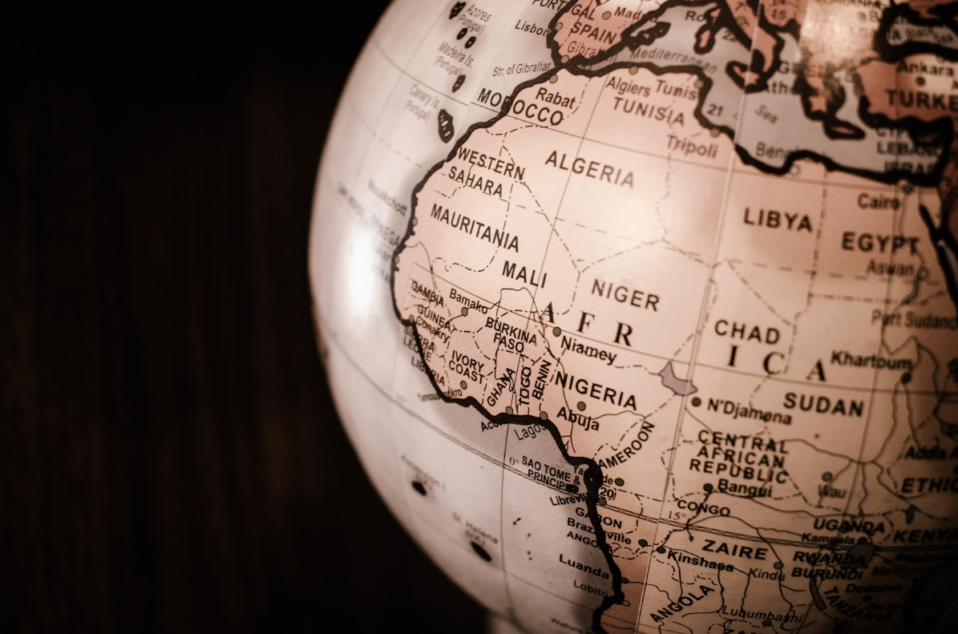The exploitation of the continent of Africa’s wealth and resources is not unprecedented. The modern exploitation of its resources is a cycle of history reflecting the “Scramble for Africa” in the 1880s. The scramble represents the helpless African countries from the division and exploitation of lead-in global powers such as Russia, China, and the United States. In the 21st century, the race to occupy, gain, and maintain allies in Africa is a fight for commercial, diplomatic, and geopolitical power in the continent.
The question becomes then, if Africa is filled with wealth why does widespread poverty persist? African states are assets due to abundant rich natural resources, yet the continent remains abject to widespread poverty. The ownership of deposits of oil and precious minerals such as diamonds, gold, and tantalum (like in the Democratic Republic of the Congo and Nigeria) is under the control of private companies. International mining companies have licenses to cultivate their treasures, generating revenues for only private elitists. This continues to fuel a cycle of corruption and exclusion.
The growing influence of Russia and China reflects the increasing value of Africa for its resources. The Belt and Road Initiative in 2019 is Beijing’s infrastructure and investment initiative that currently is increasing tension with the European Union, and its ally the United States. Italy is the only G7 country to join as a partner to revitalize its economy but now is preparing to withdraw. Italy’s position in the plan would prove itself as a trustworthy ally to the United States and European Union but on the other hand provoke and escalate problems with China. China’s plan to expand its global influence is causing more tensions in Africa and the potential for diplomatic fallouts.
A proposed solution is the diversification of African economies rather than solely the exportation of raw materials. However, international trade networks rely heavily on the existing supply of raw materials. The strategic initiative aims at stimulating growth and interregional connectivity and is a mere reflection of African nations’ historical patterns of invasion and exploitation. The reality is Africa is only seen for its geopolitical gain and economic incentive rather than as a continent desperately in need of development.
Written by Community Outreach Intern, Kiana Flak


